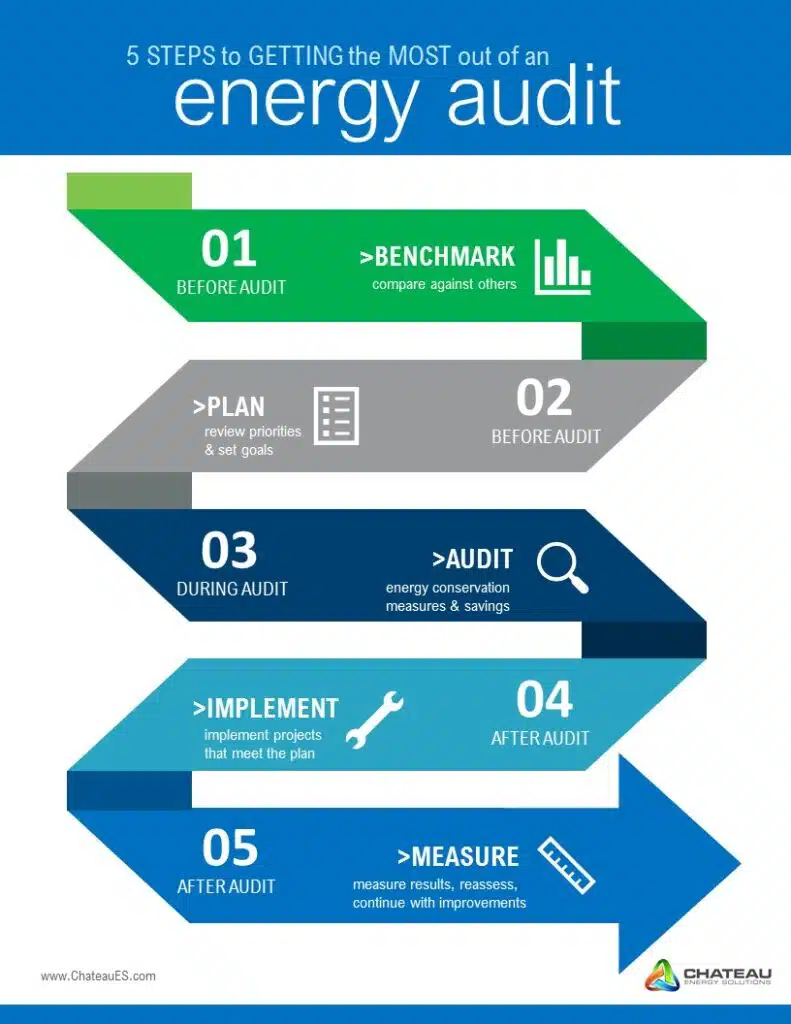For small business owners, managing energy use efficiently is one of the simplest ways to cut costs and boost sustainability. A basic energy evaluation—or energy audit—helps identify where energy is being wasted and what improvements can be made. Fortunately, conducting a simple energy audit doesn’t require hiring an expert; many steps can be done in-house with minimal resources.
1. Understand Your Energy Use
Start by reviewing your past energy bills. Look for usage trends across different seasons, and identify any spikes in consumption. Note which areas of your business use the most energy. These areas are typically lighting, heating and cooling systems, appliances, and electronics.
2. Walk Through Your Workplace
Conduct a physical walkthrough of your office, store, or facility. Check for common energy-wasting issues such as air leaks around windows or doors, poor insulation, outdated lighting, and running equipment that isn’t in use. Take note of any machines that run constantly and consider if their usage can be reduced.
3. Examine Lighting and Equipment
Switching to LED lighting and installing motion sensors in low-traffic areas can result in immediate savings. Also, ensure all electronics and machinery are energy-efficient models. Power strips can help reduce energy use from devices left plugged in overnight.
4. Involve Your Team
Your employees can offer valuable insights into daily energy use. Encourage them to suggest improvements and follow energy-saving practices like turning off lights and computers when not in use.
5. Set Goals and Track Progress
Once you’ve identified problem areas, create a plan with realistic energy-saving goals. Track changes over time to evaluate the effectiveness of your efforts. Some utility providers offer free tools or audits that can further support your evaluation.
By conducting a simple energy evaluation, small business owners can save money, lower their carbon footprint, and create a more sustainable work environment. With a little time and attention, energy efficiency becomes not just a goal, but a smart business strategy.
Sources:
- Bionic. “Business Energy Audit.” Bionic, https://bionic.co.uk/business-energy/guides/business-energy-audit/.
- Integrity Energy. “How to Conduct an Energy Audit in Your Office and Cut Costs.” Integrity Energy, https://www.integrityenergy.com/blog/how-to-conduct-an-energy-audit-in-your-office-and-cut-costs/

